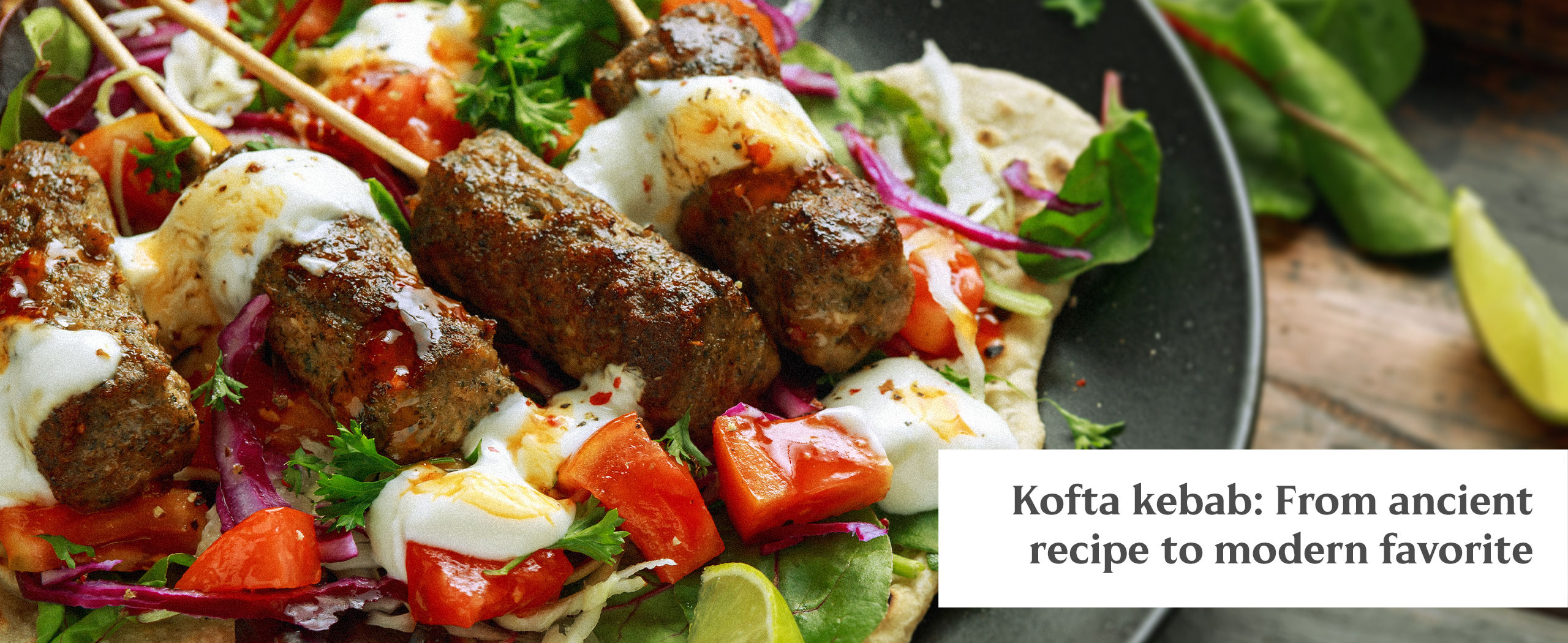Kebab is one of the most popular foods worldwide. Presumably of Mediterranean origin, once savored by the Ottoman and Indian royals, today it is one of the most enjoyed street foods in the East and West. The amazing thing about kebab is its sheer variety – different regions have unique favorites inspired by the local culture.
In the Indian subcontinent, the seekh kebab is undoubtedly a hot favorite – albeit the region boasts some of the most delicious kebabs found anywhere. Let’s see what makes it win so many hearts and palates.
Why is seekh kebab so popular?
Inspired by the Turkish Shish, seekh kababs are of Indian origin. They are made with ground or minced meats – lamb, beef, or chicken – mixed with traditional herbs and spices. The list of herbs and spices includes cilantro and mint leaves, ginger, garlic, salt, red and green chili peppers, powdered chili, and garam masala. This delightful mixture is formed into cylinders, and loaded onto skewers. The meat is grilled to perfection over an open flame. The result is a nicely charred, smoky-tasting, soft, and succulent kebab.
Traditionally, beef and lamb are the preferred meats because they contain a good amount of fat that runs down as the skewer rotates, lending the kebabs more juice and flavor. Chicken seekh kebabs are popular, especially among food lovers who look for white lean meat kebabs.
Seekh kebabs are not only one of the easiest to make, but the most versatile. You can serve them with tandoori naan or the region’s all-time favorite, paratha. Rice is another great side for these smoky and meaty treats. Condiments like the classic mint raita, green chutney, and raw onion slices are often served alongside. These kebabs are so popular you’ll find them on party and wedding menus – they’re a part of almost every celebration!
Who are seekh kebab’s competitors?
The subcontinent offers an exciting array of kebabs, courtesy of the region’s vibrant spice culture. While traditional beef, lamb, and chicken seekh kebabs are the most favored, we see more modern culinary techniques playing a role with newer varieties. For instance, the chicken malai seekh kebab uses not-so-traditional ingredients like yogurt and cream.
Kebabs like the chapli, shami, and gola are also popular in the region, however, nothing beats the ubiquitous preference for the seekh variety. If a local grill item gives it a run for popularity, it is the chicken tikka. Tandoori chicken tikka is just about everyone’s favorite. An all-time hit, these boneless chicken pieces are marinated in a blend of yogurt, herbs, and spices, and grilled in a clay oven. For all practical purposes however, you will see one of the seekh kebab varieties served alongside the chicken tikka at dinner parties – a testimony that none can beat the seekh, only share the limelight with it.
Concluding words…
While the seekh is the most popular kebab type in the Indian subcontinent, it is not the only most favored barbecue item. By no fault of its own making though. This region is so rich in its barbecue culture that there are too many options. Whether you are feeling peckish at tea, want a protein-rich meal, or are planning a dinner with family and friends, there is a kebab and grill item for every occasion. In the U.S. seekh kebabs don’t get better than Kaiser & Colonel Kaabaz.



